Skip to content
Project Tab - In the Projects tab, the table displays folder objects and tasks.Version Tab - In the Version tab, the table displays versions.Links Tab - In the Links tab, the table displays links between folder objects or graphical interpretations of links between folders and tasks.Path - Displays the current position in the directory tree; you can jump to different folders by clicking on the path. - Displays folders or tasks and their attributes, with each column representing one attribute.Object Filter - Allows cross-folder filtering. For example, if you select a task while in a folder containing only shots, it will display all the tasks these shots contain. This is useful when combined with other filtering or grouping, such as viewing all compositing tasks for all shots.Create (Advanced) - Click the “+ Create” button to open a dialog where you can set advanced settings for the created object and create multiple objects at once.Change Row Height Slider - Adjust row height using this slider.Filter (Simple) - Used for filtering by folder or task name, status, type, priority, and assignee.Hide/Show Columns - Hide or show columns by clicking on this icon.List/Thumbnail View - Switch between list and thumbnail view by clicking on this icon.View Preset - Save and load different view presets to quickly change columns and column filtering.Hide/Show Sidebar Filter - Hide or show the sidebar filter by clicking on this icon.Group Area - Drag column headers to this area to group objects by the column values.Sidebar Filter - Set advanced filtering for multiple columns and show/hide columns as well.Create (Simple) - Click this icon to create a new folder or task with default values.
Path (short)- Parent Object name and Current Object nameType - Type of the Task or FolderPriority - Priority of the objectAssignees - Users who are assigned to work on a TaskSpent hours percentage - Percentage of spent vs planned hours for the tasks
by selectin more attributes in the Hide/Show Column button, orby changing the current view preset, which will load any of the pre-saved views into Soko
Duplicate the selected object Delete the selected object Add note to selected object (multiple object can be selected and one note is added to multiple objects)Create object from template - Create multiple folders or tasks using pre-saved templates.Save as Template - save selected objects as a template
coming soon
Project window
About
The project window displays the contents of a folder object selected in the located in the left panel. It contains a list of all objects in this folder and their attributes. For example, it can display all shots from a sequence or all from a shot.
Project window elements
Project window contain several elements that help manager organize and manage the project.


Default view


You can change the project's default columns by clicking on the eye icon on a specific view preset.


Custom attributes
Apart from default attributes, Soko also supports multiple custom attributes.
These attributes can be viewed in the Project table either:




Changing attribute values
Managers are able to change and Priorities, add or edit Assignees, manage Planned Hours, modify Incoming and Outgoing or change any other attribute. To change attribute value just double click on cell you would like to modify.


Context menu
By right-clicking on an object, a context menu will appear, with options to:


Add note
Adding a note in the Context menu will add a note to the selected Task.
In order to add notes to multiple tasks at once, just select them before adding the note.


Action
Running an Action inside the Context menu will open a window with available Object to choose from.
Soko allows to code Action scripts in Python. Examples of prospective applications of these scripts include automation of repetitive tasks or integrations of yet not supported software.


Export tasks
Multiple tasks operations
By selecting multiple objects, all operations will be performed on these objects simultaneously.
This is particularly helpful when changing statuses, adding links, notes, or editing assignees for tasks.
The upper main checkbox in the very top row will select all Objects in the Table.
Clicking the upper main checkbox again will unselect everything previously selected.


It is also possible to use the Shift and Ctrl buttons on the keyboard to select multiple Objects with your mouse.
Another way to change value of multiple objects at once is to drag the bottom left coroner of the selection. It will copy the values from first cell to other cells.


You can also copy desired value by ctrl+C , select multiple object by mouse and then Ctrl+V.
It contains Notes, Inputs, Outputs, and other information that belong to the selected Object.
The Side panel serves as the default sub-window where Managers manage individual objects such as Tasks, Shots, and other objects.


Scaling the size of elements
Depending on the screen resolution or your personal preference, it is possible to scale elements in Soko to be larger or smaller by holding the Ctrl button on the keyboard while scrolling the middle mouse button.
To reset the zoom into its default state, click View in the upper menu and select Reset Zoom.


Want to print your doc?
This is not the way.
This is not the way.

Try clicking the ⋯ next to your doc name or using a keyboard shortcut (
CtrlP
) instead.